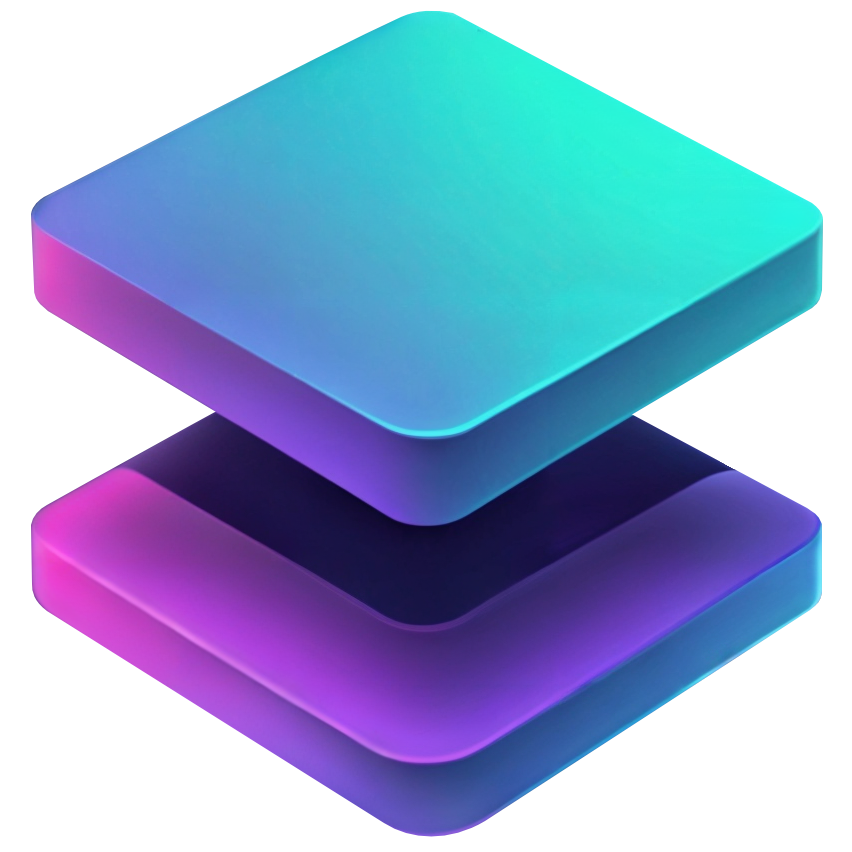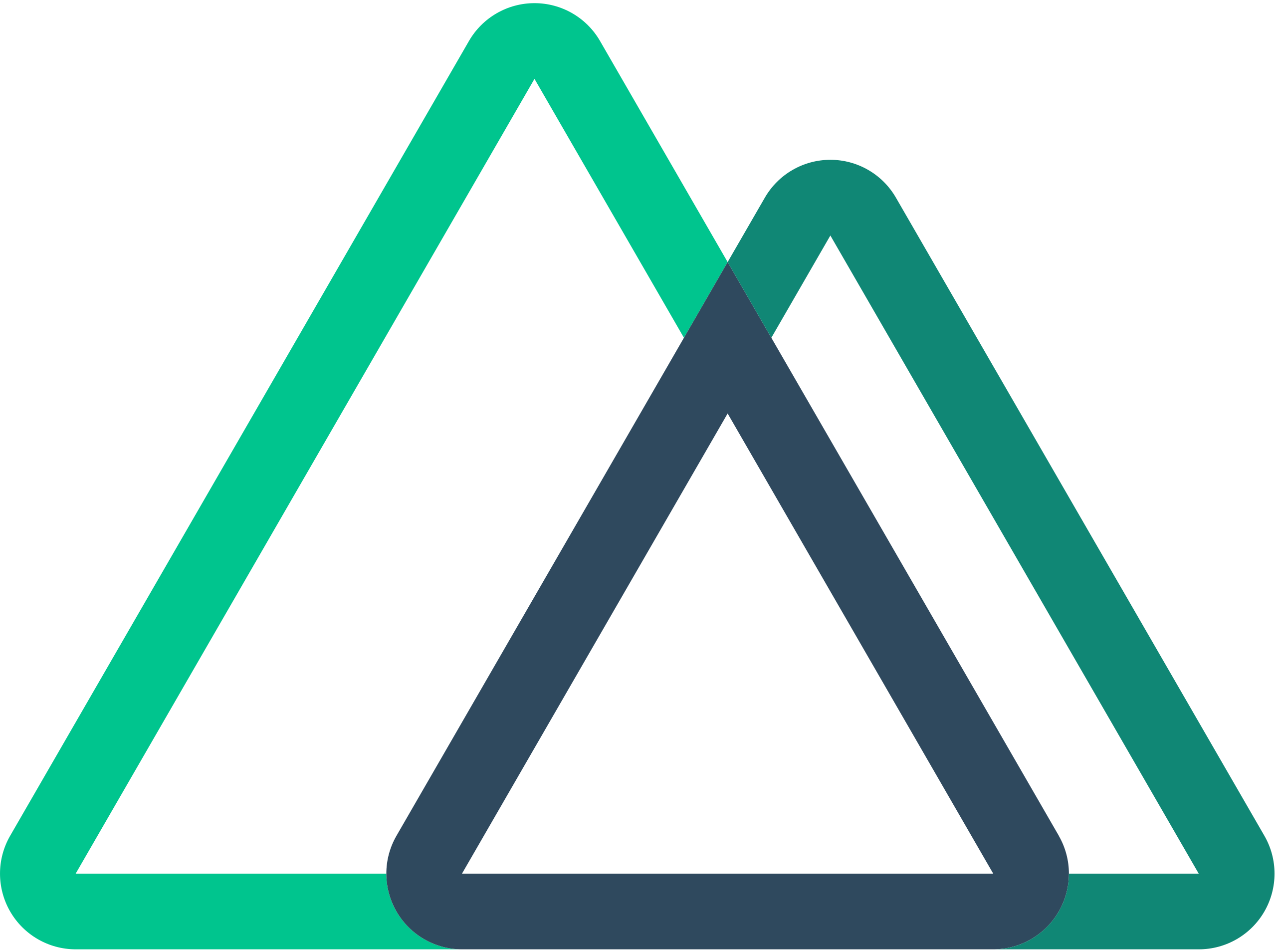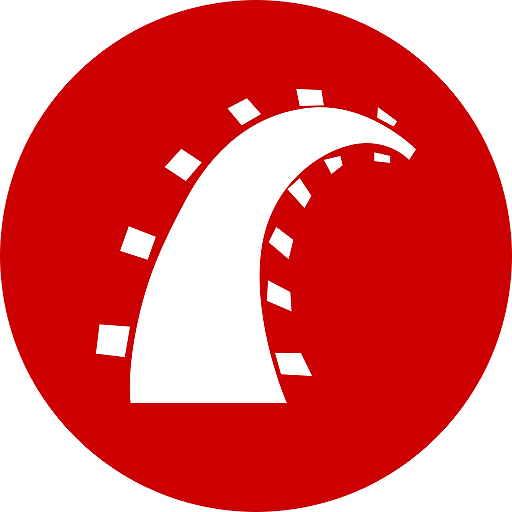Javascript Frameworks
You will learn how to speed up your Javascript development using a framework.
What Are JavaScript Frameworks?
Think of JavaScript frameworks as pre-built toolkits or sets of tools that make it easier to build web applications. They're like the IKEA of coding—frameworks give you all the pieces you need, along with instructions, so you don't have to start from scratch. Some popular JavaScript frameworks include React, Angular, and Vue.js.
Why Are They Useful?
- Speed Up Development: Instead of writing everything from the ground up, frameworks provide ready-made components and structures. This means you can get your app up and running much faster.
- Consistency and Organization: Frameworks enforce a certain structure and style. This keeps your code organized and makes it easier to maintain and scale as your project grows.
- Community and Support: Popular frameworks have large communities. This means lots of tutorials, forums, and plugins to help you out. If you run into a problem, chances are someone else has already solved it and shared their solution online.
- Best Practices: Frameworks are designed with best practices in mind, helping you write better, more secure code. This is especially helpful if you're just starting out and aren't yet familiar with all the ins and outs of web development.
- Cross-Browser Compatibility: They handle many of the quirks and inconsistencies between different browsers for you. This means you can focus on building features without worrying about how they'll look and work on different browsers.
- Reusable Components: Most frameworks support creating reusable components. Build a button once, and you can use it anywhere in your app without rewriting the code each time.
In a Nutshell
JavaScript frameworks make your life as a developer easier by providing tools, structure, and support, allowing you to focus on what makes your app unique rather than reinventing the wheel. They're like having a helpful friend who’s already done the hard parts, so you can concentrate on the fun, creative stuff.
Popular Frontend Frameworks
A frontend framework is...
Getting Started
npm create vue@latest
cd <your-project-name>
npm install
npm run dev
npm run buildnpx create-next-app@latest
npm install react react-domrails new warehouse --css tailwind --database=postgresql
cd warehouse
bin/rails db:create
rails tailwindcss:build
bin/rails g model Supplier name:string
rails g controller Supplier
rails sBasic Hello World
<script src="https://unpkg.com/vue@3/dist/vue.global.js"></script>
<div id="app">{{ message }}</div>
<script>
const { createApp, ref } = Vue
createApp({
setup() {
const message = ref('Hello vue!')
return {
message
}
}
}).mount('#app')
</script>import { createRoot } from 'react-dom/client';
// Clear the existing HTML content
document.body.innerHTML = '<div id="app"></div>';
// Render your React component instead
const root = createRoot(document.getElementById('app'));
root.render(<h1>Hello, world</h1>);Others
Angular,Rails (Backend and frontend together) like flask and jinja










